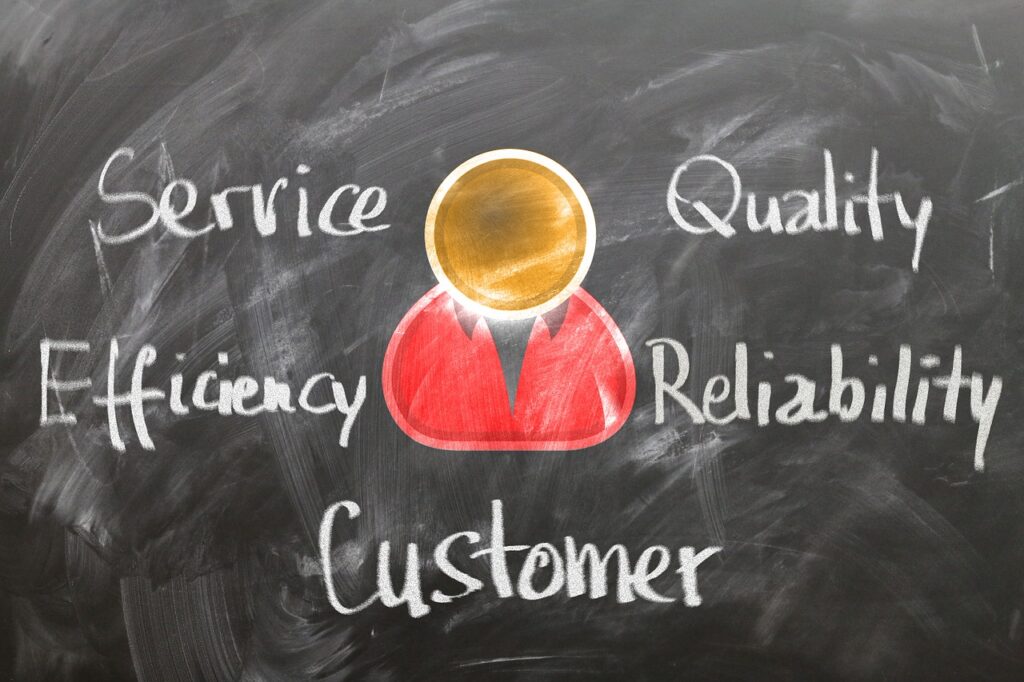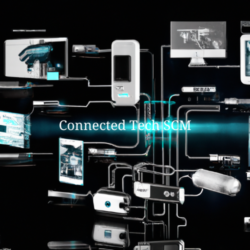
Everyone has a “go-to” example of poor customer service/customer experience that they recall passionately and frequently, for example, an interaction with a restaurant, airline, dealership, cable, or phone company. The most significant pain point is seemingly working with customer service to resolve concerns and learn necessary information in an effective, efficient, and non-confrontational way.
What is the Customer Experience (CX)?
According to the HBR – Customer Experience is the perception customers have of their direct (purchase) and indirect (service) interaction with a company. The value a customer receives through his/her interaction with a company’s employees and the company’s ability to meet the customer’s needs forms the Customer Experience.
Not so surprising, information from recent studies illustrates it’s more than a buzzword or fashionable trend:
- Over 80% of customers are willing to pay a premium for good Customer Experience
- Nearly 90% of companies compete mainly on Customer Experience for loyalty
- over 70% of customers confirm it’s critical to their loyalty
- less than 10% of customers state they receive a good Customer Experience
- The Harris Poll found nearly 80% of millennials value experiences such as the Customer Experience over material things
- 59% of adults prefer purchase convenience more than brand values according to 2020 Looking Further with Ford Trend Report
- Companies that provide benchmark Customer Experience outperform the CX laggards by nearly 80%

Customer Experience (CX) in the B2B Ecosystem
The data above is telling – providing excellent Customer Experience drives competitive advantage. How do popular B2B sales strategies target improving Customer Experience, and why is it important? My understanding of a few of the respective approaches is:
Challenger Sales
A study of over 5,000 B2B company individuals (across all levels and functions) concluded that over 50% of customer loyalty is due to the sales (customer) experience, while less than 10% of Customer loyalty is due to the price-to-value ratio. The Challenger Sales approach develops customer loyalty by providing the customer with differential value through its Sales team such as:
- Market insight
- Error proofing
- Advice
- Education
- Navigation of Alternative Decisions
The study also showed in complex B2B sales, more than 50% of top performers exhibited Challenger type attributes to provide an excellent Customer Experience.
Strategic Selling
The company shouldn’t push the product as the differentiator; it should create value and a favorable Customer Experience by doing the following three things:
- Eliminate the customers’ perceived discrepancy between reality and desired results.
- Solve decision influencers’ pain points to create win-win agreements.
- Consistently create customer value to build a great Customer Experience/loyalty.
Testimonials shared with me stated that Strategic Selling creates a consistent methodology/mindset and produces more top performers across sales teams.
Spin Selling
The ability of the company to consistently discover, define, and solve the customer’s implied (unaware of) needs and explicit (strong wants or desires) needs builds the Customer Experience. The potential value of the solution should outweigh its cost to provide a persuasive ROI. Study findings demonstrate the following:
- Explicit needs are the driver of large, successful B2B calls (3 explicit needs/call v. 1.4 implied needs/call)
- More implied needs are the driver of smaller, successful B2B calls (5 implied needs/call and 2.5x unsuccessful calls)
- Sales teams should ask the questions customers care about to progress their journey from implied to explicit needs
Does Spin Selling work? Spin Selling studies show that sales results are more than 50% higher six months after completing Spin Selling training.
My Customer Experience (CX) Insight
My benchmark B2B Customer Experience occurred during the most difficult pain point of my business career. The C-Suites (company and customer) became misaligned on the shared vision and objectives, so we began to reduce our strategically important, long-term relationship. My Sales counterpart created my benchmark Customer Experience by providing relationship value to pull us out of the tailspin. The value-enhancing behaviors included:
- served as a trusted counterpart with influence to make things happen
- shared information with transparency to discover and resolve real issues
- maintained a mutual commitment to finding a way forward for us
- solved common pain points with productive ideas
- eliminated my market/industry blind spots by providing competitive intelligence
- established connectivity for fast and efficient collaboration
Further thoughts…
Providing a positive Customer Experience does not require a trade-off between growing and profitability. Because customers are willing to pay more for a favorable Customer Experience, customers may also be willing to switch products/services for improved Customer Experience, creating a conquest business growth opportunity too. Delivering an excellent Customer Experience can be a competitive advantage leading to both profitability and growth.
The peak-end bias contributes to the Customer Experience (how one feels at peak and end moments of a relationship matters most, not the average feeling – examples are major business awards, product launches, or supply interruptions.
B2B relationships are usually long-term; therefore, the relationship/value created by both parties to meet explicit needs/opportunities during the best and worst of times (peak moments), define the Customer Experience. Companies should provide value to customers throughout the journey to solve critical pain points.
Companies may find value in educating customers to understand their role in creating an excellent Customer Experience, where both the company and customers commit to providing value to each other (win-win). Case in point, all customers have a secret customer score/customer lifetime value that may affect the service they receive. Customers want the company’s best people, best technology, best service features, and supportive, critical investment – companies should communicate how to be a Customer of Choice to receive these benefits.
Employing unilateral negotiation tactics that create value for companies at the expense of the customer reduces the Customer Experience and produce win-lose scenarios. The following are examples of B2B behaviors that do not build excellent Customer Experience:
- introducing timing delays to gain an advantage by making the customer panic
- employing divide and conquer to drive customer internal misalignment
- using emotional and personally directed tactics to diminish decision influencers
- backtracking on commitments after the customer locks into a decision
- giving the customer a take-it-or-leave-it ultimatum
These divisive behaviors/tactics drive long-term corrective actions that move customers away from a company – short-term gains at the expense of long-term loss for companies.

Concluding Thoughts: B2B Customer Experience (CX)
My concluding insight on the importance of understanding the DNA of the B2B Customer Experience (CX) is the following three points:
1. Providing an excellent B2B Customer Experience is the most important aspect of earning customer loyalty and achieving outstanding and sustainable results – evaluate Sales strategies to confirm alignment with this objective.
2. Gaining a competitive advantage is possible because very few companies create an excellent Customer Experience today – define “what is” an excellent Customer Experience for each customer?
3. Benefiting from an excellent Customer Experience is a two-way street. The best B2B Customer Experiences are reciprocal because they are dependent on the quality of the overall relationship. Some sayings are timeless, “help me to help you.”
#CreateValueThatMatters #CustomerExperience #Sales #Management #Success

